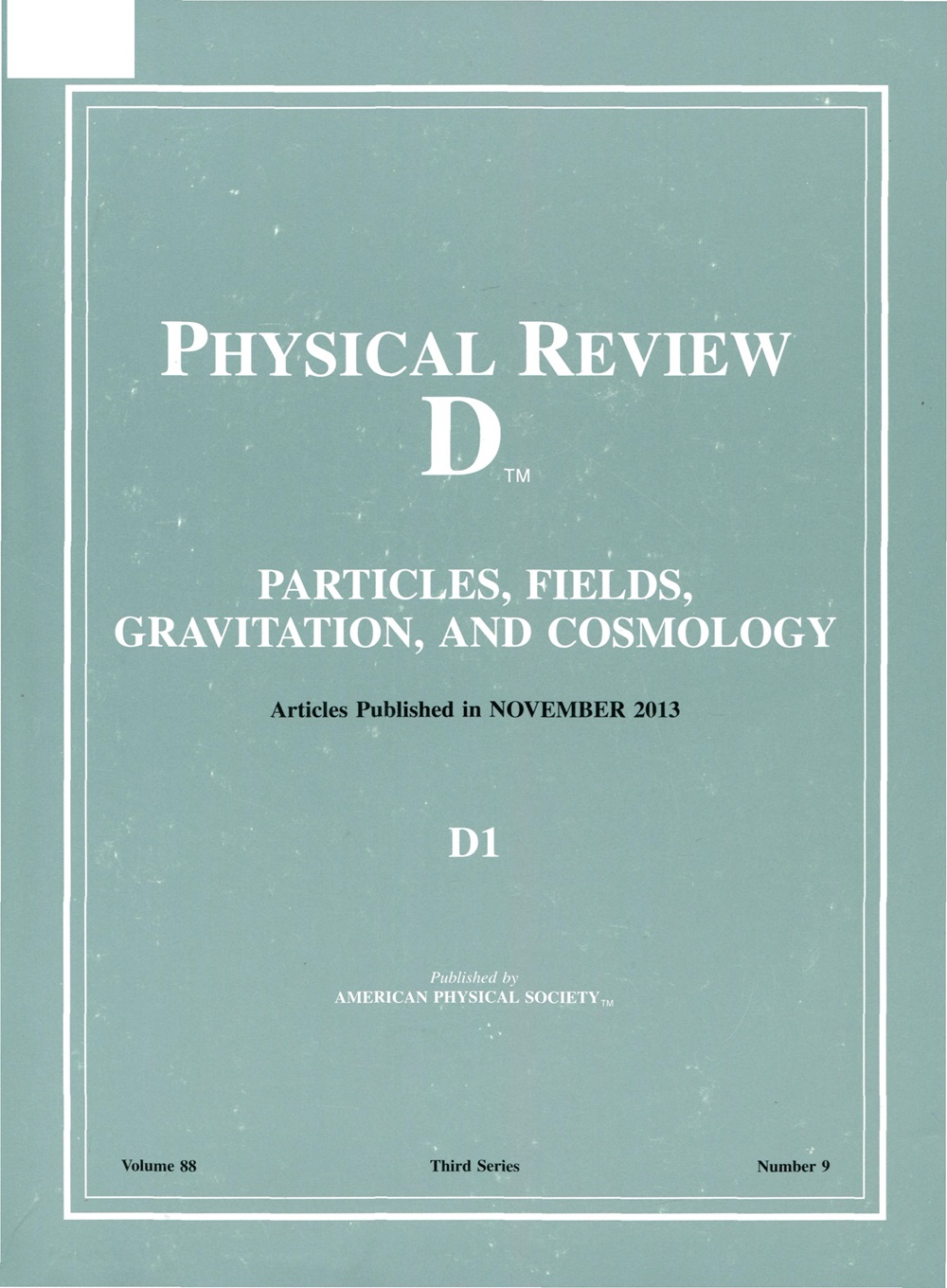Characterizing atmospheric gravity gradient noise for vertical atom interferometers
IF 5
2区 物理与天体物理
Q1 Physics and Astronomy
引用次数: 0
Abstract
Terrestrial long-baseline atom interferometer experiments are emerging as powerful tools for probing new fundamental physics, including searches for dark matter and gravitational waves. In the frequency range relevant to these signals, gravity gradient noise (GGN) poses a significant challenge. While previous studies for vertical instruments have focused on GGN induced by seismic waves, atmospheric fluctuations in pressure and temperature also lead to variations in local gravity. In this work, we advance the understanding of atmospheric GGN in vertical atom interferometers, formulating a robust characterization of its impact. We evaluate the effectiveness of underground placement of atom interferometers as a passive noise mitigation strategy. Additionally, we empirically derive global high- and low-noise models for atmospheric pressure GGN and estimate an analogous range for atmospheric temperature GGN. To highlight the variability of temperature-induced noise, we compare data from three prospective experimental sites. Our findings establish atmospheric GGN as comparable to seismic noise in its impact and underscore the importance of including these effects in site selection and active noise monitoring for future experiments.求助全文
约1分钟内获得全文
求助全文
来源期刊

Physical Review D
物理-天文与天体物理
CiteScore
9.20
自引率
36.00%
发文量
0
审稿时长
2 months
期刊介绍:
Physical Review D (PRD) is a leading journal in elementary particle physics, field theory, gravitation, and cosmology and is one of the top-cited journals in high-energy physics.
PRD covers experimental and theoretical results in all aspects of particle physics, field theory, gravitation and cosmology, including:
Particle physics experiments,
Electroweak interactions,
Strong interactions,
Lattice field theories, lattice QCD,
Beyond the standard model physics,
Phenomenological aspects of field theory, general methods,
Gravity, cosmology, cosmic rays,
Astrophysics and astroparticle physics,
General relativity,
Formal aspects of field theory, field theory in curved space,
String theory, quantum gravity, gauge/gravity duality.
 求助内容:
求助内容: 应助结果提醒方式:
应助结果提醒方式:


